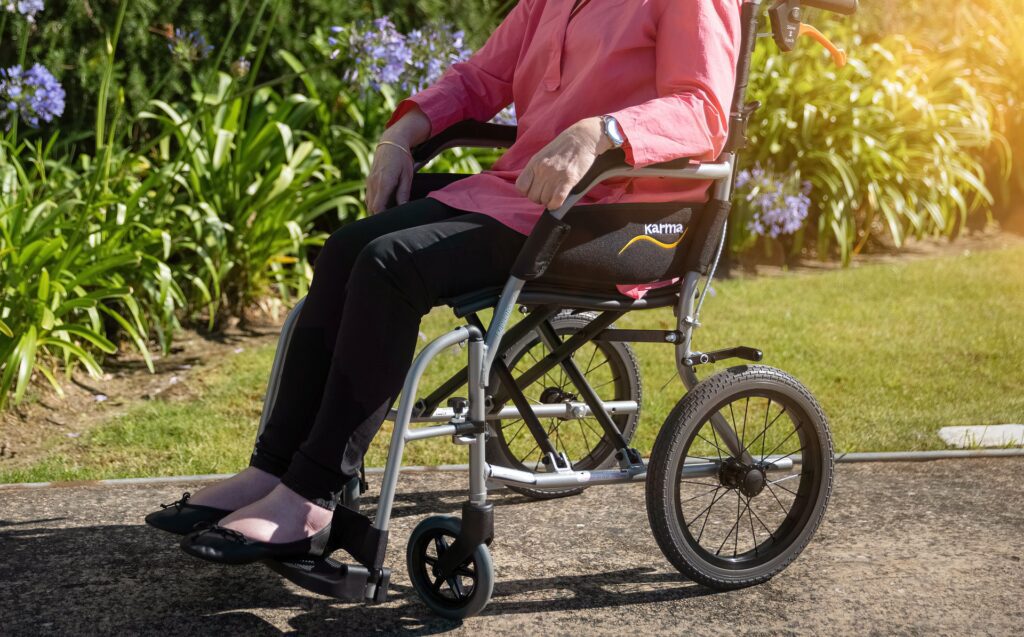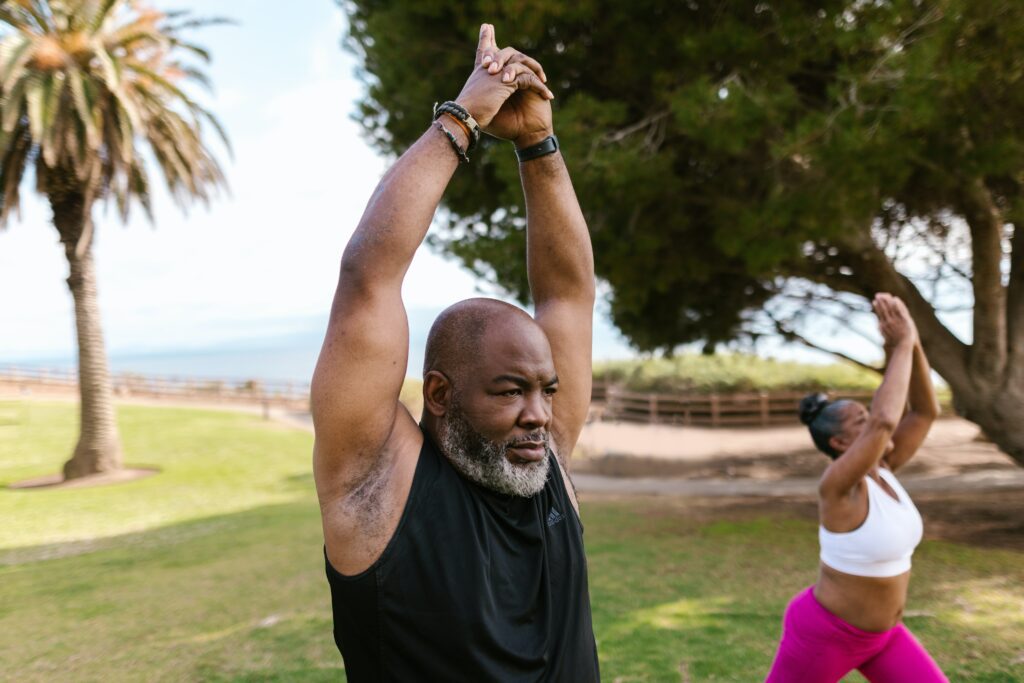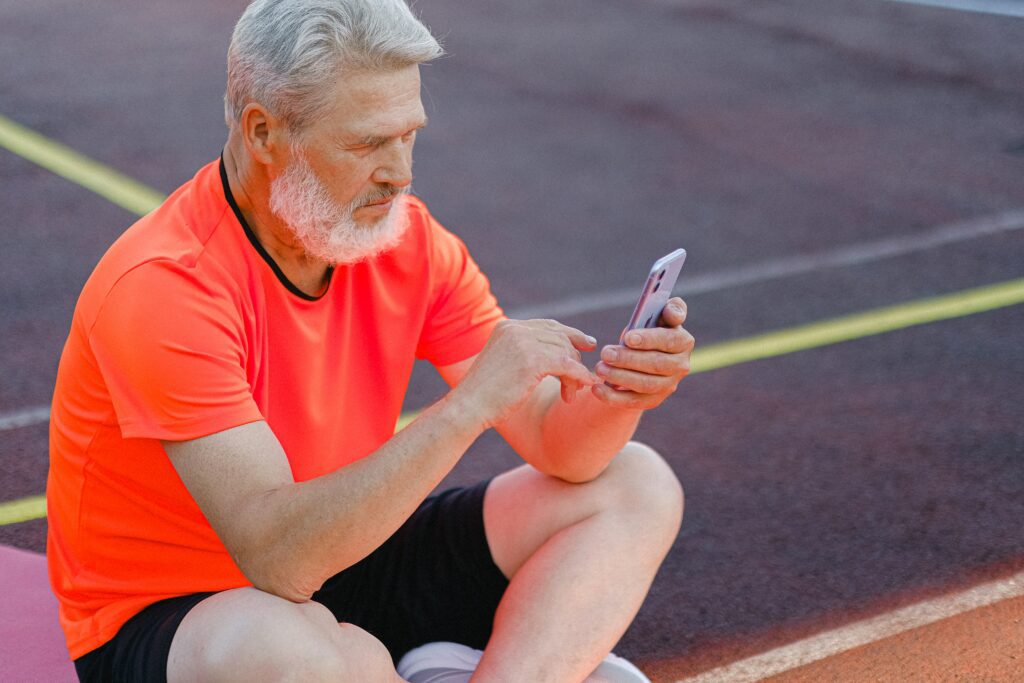Major Causes of Impaired Mobility to the Elderly
Numerous people dread that as they age, they won’t be able to move around. They worry that they won’t be able to carry on with their favored pastimes, go to their preferred destinations, or undertake basic responsibilities.
Various factors may make it more difficult for older adults to go out and visit with friends and family and carry on with their independent activities.
In addition to having a lower quality of life and a lower likelihood of staying at home, older individuals who lose their mobility also experience increased rates of illness, disability, emergency hospitalization, and mortality.
Read on to learn more about the condition, mobility management and the reasons for impairment because older individuals’ social and emotional well-being is just as essential as their physical health.
What Causes Mobility Loss?
After illness, after falling, or if they have movement-related diseases like Parkinson’s disease, older persons frequently experience a loss of physical function. People who have lost bodily function could have trouble performing daily tasks like eating, bathing, dressing, or using the restroom without assistance.
Your capacity to move can suffer from a variety of factors. These consist of the following:
Osteoporosis
Many persons who have limited mobility may live independently or can live independently with some help. Some people need some help carrying out ADLs, but others need a lot of help. While making accommodations for their handicap, many persons with mobility issues can operate just as normally as someone without a physical limitation.
Weight gain
Being overweight makes you more prone to developing arthritis, the leading cause of joint inflammation.
According to the Arthritis Foundation, being overweight increases your risk of getting joint illness in two different ways. The knees, back, and feet are the main weight-bearing joints that are stressed by extra weight in the first place.
Moreover, gaining weight makes joints swollen and inflamed, agonizing, and immobile. Carrying around excess weight puts pressure on your bones, ligaments, and other musculoskeletal system components.
Vigorous exercise bodily activity has many health benefits and can help you shed weight, although exercise alone is rarely enough to help you lose weight. Because of this, you should consult a nutritionist for advice on how to eat healthfully and inspire yourself to remain with the program.
Diabetes and rheumatoid arthritis
Joint discomfort and swelling, functional decline, and physical deterioration are all symptoms of rheumatoid arthritis. Other typical symptoms include general exhaustion, sleep difficulties, and fatigue. Each of these symptoms significantly impacts your daily life and general welfare.
Rheumatoid arthritis makes daily life challenging. One reason is that it can be challenging to foresee the symptoms: It’s challenging to determine whether they will become better or worse the following day.
Lack of workout
For those diagnosed with immobility, exercise, physical activity, and mobility are especially crucial for maintaining good health and well-being. The rehabilitation process and mobility management implementation for immobile persons will undoubtedly be prevented, delayed, and hampered by inactivity, inactivity, and lack of physical activity.
Exercise improves and maintains circulation, muscle strength, joint mobility, and healthy bone density.
Several drugs that cause fatigue or dizziness
Being less awake and resulting in slower reactions and movements, central nervous system-suppressing drugs are among those most likely to cause falls. Most doctors recommend anti-hypertensive drugs to maintain normal blood pressure and lower the risk of heart attack and stroke.
However, when you stand up from a laying or sitting posture, these medications may cause your blood pressure to drop too low.
Injuries, which are frequently brought on by falls
A major contributing factor for elderly persons is poor balance. You could be less flexible and stronger physically. You might have better hearing, reflexes, or eyesight than you once did.
What is the most stable assistive device?
Most of the time, gait abnormalities in the elderly cannot be cured medically or surgically. Therefore, mobility assistive devices, including canes, crutches, and walkers, are frequently used in treatment. Before selecting a device, the patient should be assessed to establish whether one or both upper extremities are necessary to attain balance or bear weight.
A cane can be used by people who only need one upper extremity, but forearm crutches or walkers work best for those who need both upper extremities. The doctor will be assisted in selecting a particular device by the patient’s requirement to bear weight through the device. When measuring the device, anatomic landmarks and the angle of the elbow must be taken into mind.
Related Article: (Equipment Used For Easy Mobility)
How does exercise avert severe mobility impairment?
The physical activity intervention included attending instructor-led exercise classes twice a week and a home-based activity three to four times per week. As per Mayo Clinic, walking with a goal of 150 minutes per week, strength training, including ankle weights, flexibility, and balance training, was also included.
Longitudinal inquiries on sustaining independence in older persons may examine more realistic mobility implementation approaches, and they may also evaluate mobility in multidisciplinary studies that combine knowledge of muscle physiology and neurology.
To better understand how specific mechanisms of physical activity enhance mobility function in older adults, It may also involve developing more insightful quality-of-life measures and intervention studies. This information could then be used to develop more effective exercise interventions or find alternative therapies.
Besides that, older adults with greater mobility are better able to move around, carry out daily tasks safely, and live as independently as possible.
How Long Will It Take for Mobility to Improve?
Depending on your training, you can expect to notice real improvements in flexibility and mobility within 2–6 weeks.
For instance, static stretching will likely take much longer to see results because your body will only become more flexible while you are training in certain positions.
With dynamic exercise, training, or foam rolling, you’ll usually start seeing better, easier movement within 2-3 weeks and apparent gains by the 6-week mark.
Conclusion
If climbing stairs and walking are tough, you should see a doctor since it may signify that you should travel less. The good news is that your doctor can assist you in addressing the problem before it worsens and prevents you from moving around. There are numerous options accessible. They can include physical treatment to improve balance and strength training.






